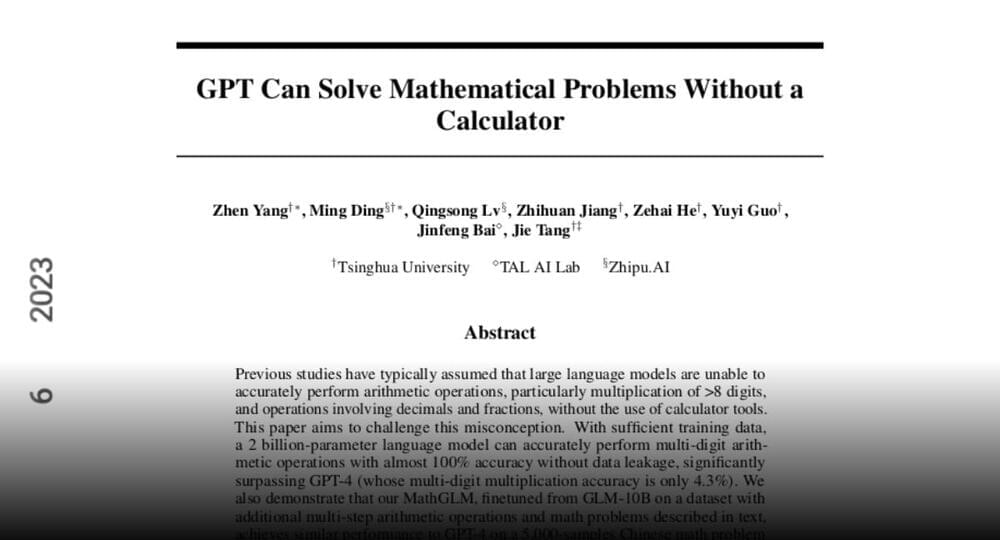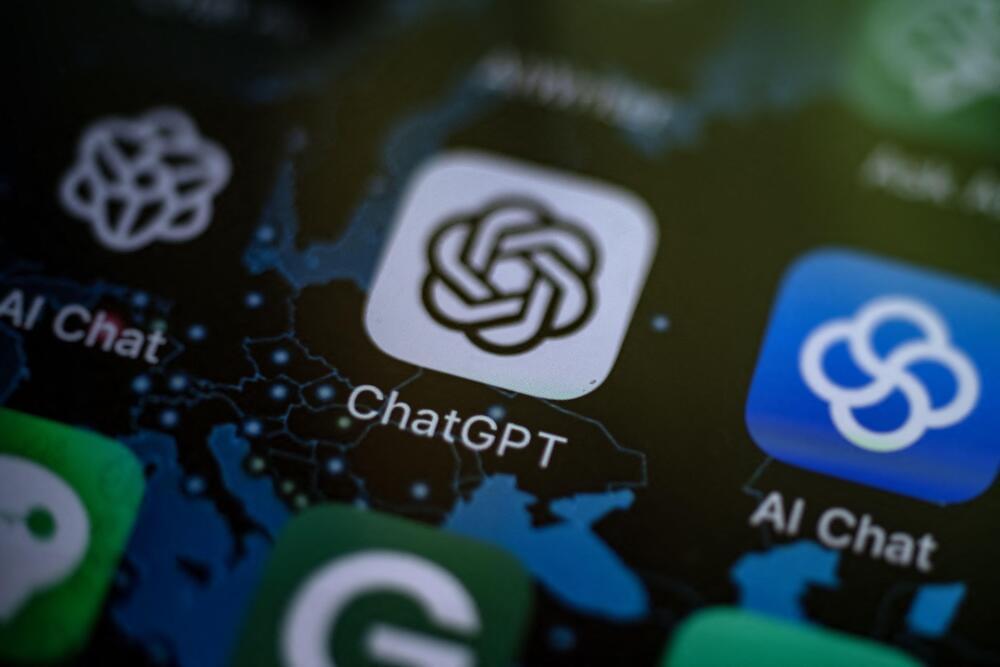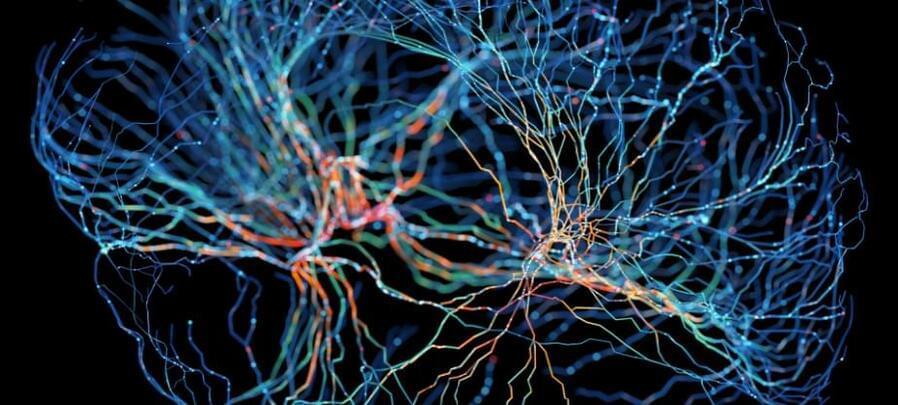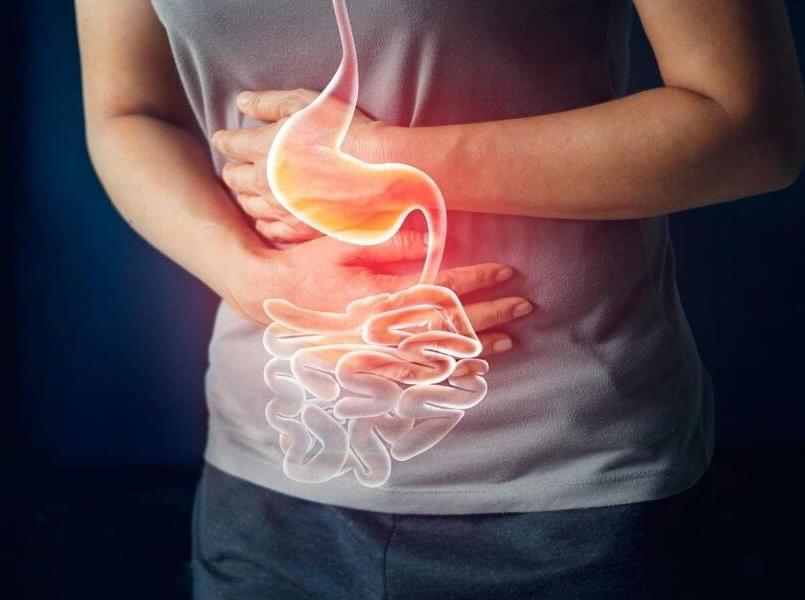Meta is collecting personal data to train AI.
Get the latest international news and world events from around the world.

Bill Maris: A.I. Could ‘Revolutionize’ Health Care and Biotech
June 14 — Bill Maris, Google Ventures chief executive officer, comments on artificial intelligence’s impact on biotech, the prospects for Theranos and the venture capital environment. He speaks with Bloomberg’s Emily Chang from the Bloomberg Technology Conference in San Francisco on “Bloomberg West.”


Enhancing Ground-State Population and Macroscopic Coherence of Room-Temperature mathrmWS_2$ Polaritons through Engineered Confinement
Year 2022 Basically what this means is an infinite capacity hard drive.
Exciton polaritons (polaritons herein) in transition-metal dichalcogenide monolayers have attracted significant attention due to their potential for polariton-based optoelectronics. Many of the proposed applications rely on the ability to trap polaritons and to reach macroscopic occupation of their ground energy state. Here, we engineer a trap for room-temperature polaritons in an all-dielectric optical microcavity by locally increasing the interactions between the mathrmWS_2$ excitons and cavity photons. The resulting confinement enhances the population and the first-order coherence of the polaritons in the ground state, with the latter effect related to dramatic suppression of disorder-induced inhomogeneous dephasing. We also demonstrate efficient population transfer into the trap when optically injecting free polaritons outside of its periphery.

Scientists Devised a Way to Tell if ChatGPT Becomes Aware of Itself
Our lives were already infused with artificial intelligence (AI) when ChatGPT reverberated around the online world late last year. Since then, the generative AI system developed by tech company OpenAI has gathered speed and experts have escalated their warnings about the risks.
Meanwhile, chatbots started going off-script and talking back, duping other bots, and acting strangely, sparking fresh concerns about how close some AI tools are getting to human-like intelligence.
For this, the Turing Test has long been the fallible standard set to determine whether machines exhibit intelligent behavior that passes as human. But in this latest wave of AI creations, it feels like we need something more to gauge their iterative capabilities.

Gastrointestinal Syndromes May Predict Parkinson’s Disease, Study Suggests
A recent study published in BMJ Gut conducted using a nationwide medical record network in the United States has shed light on potential links between gastrointestinal (GI) syndromes and the development of Parkinson’s disease (PD). Researchers led by Bo Konings aimed to determine whether specific GI conditions and interventions precede the onset of PD when compared with negative controls, Alzheimer’s disease (AD), and cerebrovascular diseases (CVD).
Here are the key findings from the study:
● PD-Specific Associations: The study identified several GI conditions that exhibited specific associations with PD in both case-control and cohort analyses. These conditions included gastroparesis, dysphagia, irritable bowel syndrome (IBS) without diarrhoea, and constipation.
AI+Education Summit: Generative AI for Education
How will AI models that can generate text, images, audio, video and code change what students need to learn and the instructional processes that guide their learning? Do we need generative models designed specifically for educational purposes?
Speakers.
Dora Demszky: Assistant Professor of Education Data Science, Stanford University.
Noah Goodman: Associate Professor of Psychology, of Computer Science and by courtesy of Linguistics, Stanford University.
Percy Liang: Director, Center for Research on Foundation Models; Associate Professor of Computer Science, Stanford University.
Rob Reich: Professor of Political Science; Faculty Director, McCoy Family Center for Ethics in Society; Marc and Laura Andreessen Faculty Co-Director, Stanford Center on Philanthropy and Civil Society; Associate Director, Stanford HAI
The AI+Education Summit: AI in the Service of Teaching and Learning took place on Feb. 15, 2023. Learn about upcoming events here: https://hai.stanford.edu/events

Scientists Are Using Fungus To Create The Terminator
Researchers Antoni Gondia and Andrew Adamatzky recently gave a robot living skin made of fungus (via Futurism). Any science enthusiast understands that the power of science can be quite astounding at times, but recreating the Terminator in real life might be a little terrifying for some.
Inspired by the skin of the Terminator, researchers are using fungus to create a bio-organic skin over non-killer robots.
In fact, the scientists openly admit that their goal was to recreate a pivotal scene in The Terminator (1984) where one of the robots is seen receiving an implantation of living skin. Though the robot’s skin is an external addition, it is able to collect data from the addition and heal any wounds incurred.

Research team develops 2-liter class hydrogen engine capable of running entirely on hydrogen
Amid the fierce competition throughout the globe to develop hydrogen mobility technologies to achieve carbon neutrality, a new technology for a 2-liter class hydrogen-fueled engine (a passenger car hydrogen engine) capable of running entirely on hydrogen has been developed for the first time in Korea.
The joint research team led by Principal Researcher Young Choi of the Department of Mobility Power Research of the Korea Institute of Machinery and Materials (KIMM), and Researcher Hong-gil Baek of the Zero-Carbon Engine Research Lab of Hyundai-Kia Motor Company (HMC) developed the “direct injection hydrogen engine” that runs entirely on hydrogen fuels, and demonstrated its world-class excellence through performance evaluation.
The joint research team of KIMM and HMC injected hydrogen directly into the combustion chamber of the engine of HMC’s existing hybrid vehicle, with a pressure of more than 30 bar. By using a turbo charger that improves the performance of the engine, the research team was able to maintain high thermal efficiency in all domains from the ignition of the engine to the upper limit of the engine load, allowing the engine to be stably operated throughout the entire engine operating conditions.